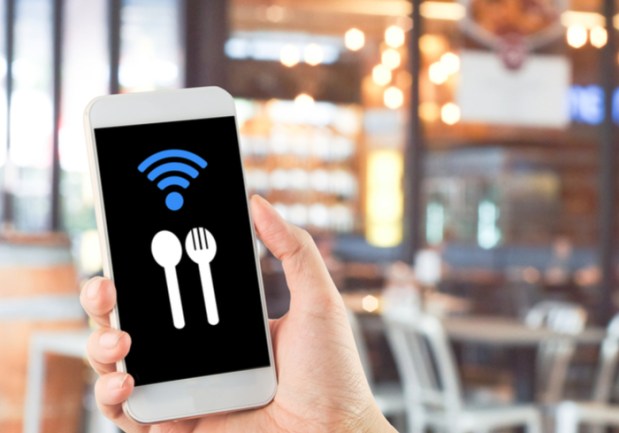With Appetite For Data And Social, Restaurant App Taste Gets Personal

Entrepreneurs are constantly solving problems, and those challenges often come out of personal experiences. Kevin Vanderwarker, who co-founded dining recommendation platform Taste, traveled across the country for a number of jobs over the years and found it difficult to discover a good place to eat on the road. “The only way to find a good restaurant in my opinion was to call somebody you knew,” Vanderwarker told PYMNTS in an interview.
The challenge with that solution is that it can’t be easily replicated. That is, it is not feasible to travel around the country and expect to get someone on the phone to provide that personal recommendation. Vanderwarker, however, is seeking to bring that desire for word-of-mouth recommendations into the digital age with his platform, which has 1.8 million restaurants and his TasteBuds social network. (The company’s first initiative is to gain ground in the Albany area before driving more of a national launch in 90 to 180 days.)
To further help provide recommendations, the company also looks at a customer’s past dining experience — whether that data is added manually or automatically — and, well, does some digital magic. “We’re taking that information, we’re mining it and we’re spitting out analytics based on your particular case,” Vanderwarker said. That is, if a diner comes into Albany (the area where the company is based) or elsewhere, the app will suggest or recommend restaurants based on what it thinks the diner will like in that region.
The Business Model
Vanderwarker has two levels of service for his app: both a free and premium version. In the free version, diners can access the app, build a dining profile, add tailored recommendations and search for other diners to add to their networks. But with the premium version, available for a monthly fee, customers can have their retroactive dining history automatically loaded into the platform. That way, consumers don’t have to manually enter all the restaurants that they ate at into the platform.
In order to power that feature, Vanderwarker noted that his platform is able to look back up to 12 months in credit card statements and pull in dining transactions. Vanderwarker explained, “in a lot of cases it jumpstarts our users, our guests’ dining profiles. So, you’re not just starting out day one with no experiences.” And, with another feature that differentiates its paid offering from its free offering, Taste provides access to a concierge that can help diners book restaurants to its premium members.
A live agent, who Vanderwarker said is like an executive admin, can take a diner’s request to help book a reservation or look up information about a restaurant. “We kind of take that off of the plate of the guest,” Vanderwarker said. That service could be useful to a diner who is, for instance, in a jam and quickly needs to find a place to eat. In order to use the service, diners can tap a “book now” icon in the app that launches a chat dialogue. Vanderwarker said it is available between 4 and 9 p.m., and down the road he is thinking of introducing chatbot features.
The Restaurant App Market
For now, Vanderwarker said one of the major issues he has seen with booking reservations is a disconnect between diners and booking platforms: A restaurant might be using Platform A for its restaurant booking, but the customer is looking for a reservation on Platform B. At the same time, some restaurants might be holding tables that aren’t being shown online. But with the human element, his team can look at a booking site or see if they need to make that phone call. “It gives us a little bit more control,” Vanderwarker said.
When it comes to restaurants featured on Taste, the platform features both national chains and mom-and-pop restaurants. The app, however, is more focused on the latter, because as Vanderwarker pointed out, information on national chains is out there and people know how to find it. With restaurants that consumers haven’t heard of before, however, diners get validation from people they already know. And online restaurant reviews can providing a dizzying array of information: Vanderwarker noted that the same restaurant might have five-star, three-star and one-star reviews — not to mention the possibility of reviews by, say, a restaurant’s competitors.
But Vanderwarker says he tackles those challenges by having a closed personalized network that leverages a diner’s own data with that of their own friends, colleagues and other people that they know. In his mission to accomplish that aim, he is seeking to target one million users by the end of the year as he seeks to leverage data and human connection to help diners find nearby restaurants with the help of an app.